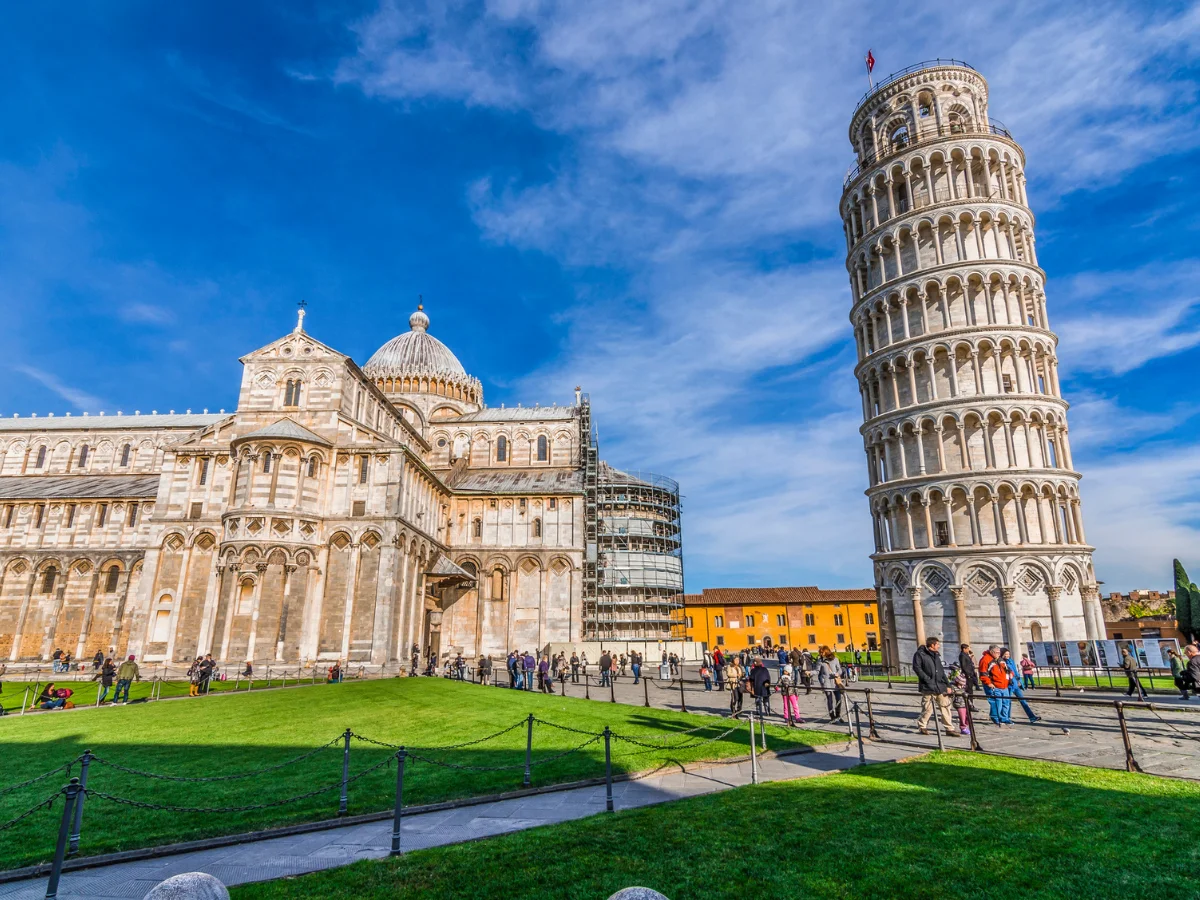Onagers were mighty Roman siege catapults
Onagers were mighty Roman siege catapults that launched massive projectiles with incredible force. Their power devastated fortifications and influenced battles. Strategically deployed, they weakened enemy defenses and turned the tide of warfare. Engineering marvels, onagers required skilled craftsmen to construct and operate. Despite logistical challenges, they remained integral to Roman siege tactics. Beyond Rome’s era, their legacy endured, shaping medieval and Renaissance warfare. Onagers symbolize Roman military prowess and innovation, leaving an enduring mark on history.

Onagers were mighty Roman siege catapults
In the annals of ancient warfare, the onager stands as a testament to Roman engineering prowess. These formidable siege engines were instrumental in the conquests of the Roman Empire, playing a crucial role in breaching the formidable defenses of enemy cities and fortifications.
Ingenious Design
The onager derived its name from the wild ass, owing to its powerful kick upon release. This formidable weapon boasted a simple yet ingenious design, consisting of a large frame mounted on wheels, with a throwing arm attached to a torsion-powered mechanism.
Torsion Power
Unlike earlier catapults that relied on tension from twisted ropes, the onager utilized twisted bundles of sinew or hair as its torsion power source. When the throwing arm was pulled back and locked into place, the tension stored in these bundles reached immense levels, ready to unleash devastation upon release.
Devastating Force
Upon release, the throwing arm would rapidly swing forward, launching a projectile, often a large stone or even a flaming projectile, towards its target with tremendous force. The sheer power and velocity of these projectiles made them capable of inflicting massive damage upon city walls, buildings, and enemy troops alike.
Versatile Weaponry
The onager was a versatile weapon, capable of launching projectiles over considerable distances with remarkable accuracy. Roman engineers could adjust the angle and tension of the throwing arm to suit different tactical situations, making the onager a formidable tool in both offensive assaults and defensive sieges.
Siege Warfare
During sieges, onagers played a pivotal role in weakening enemy defenses, battering down walls, and creating breaches through which Roman legions could launch their assaults. Their presence on the battlefield instilled fear in the hearts of besieged defenders, knowing the destructive power they wielded.
Legacy of Innovation
The legacy of the onager extends far beyond its military effectiveness. Its design principles influenced later siege engine development throughout the medieval period and beyond. The ingenuity of Roman engineers in harnessing torsion power paved the way for advancements in artillery technology for centuries to come.
Symbol of Roman Dominance
In the annals of history, the onager remains a symbol of Roman military dominance and technological innovation. Its formidable presence on the battlefield helped shape the course of ancient warfare. Contributing to the expansion and consolidation of the Roman Empire across vast swathes of the known world.



